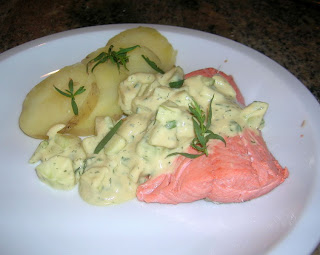
People I work with -- chiefly those who have gotten married within the last 10 years -- have fancy, lightweight silver-and-black crockpots, and they are nice. But I am attached to this one. I don't remember whether Lawson or I picked it up, but it came from the Goodwill. It weighs about 20 pounds.
I don't make too many things in the crockpot, but I find it essential for beans.
I have soaked a lot of beans. As a vegetarian I ate beans all the time, and I still make them regularly. Most recipes call for 12-24 hours of soaking, but I no longer think soaking is necessary. It doesn't reduce gassiness all that much (and besides, farts are funny). And it seems like flavor and nutrients are being soaked away and discarded. So I don't soak beans.
Mom, I think my recipe is mostly based on yours. And like you, I think Anasazi beans are the best of the red beans. I've only ever used Anasazi beans from Adobe Milling in Dove Creek, Colorado, near my old hometown of Durango. Unfortunately, I think they're are hard to find outside of the Four Corners states. Pinto beans are just fine, but they lack a certain sweetness.
These beans take about 20 hours. The night before you want to eat them, put the following in a crockpot:
- 1 16-oz package dry beans, rinsed
- water -- about half a crockpot full to start
Cook on low overnight. The next morning add:
- 2 to 3 cloves garlic, smushed and peeled
- 1 tablespoon dried Mexican oregano, or several stems fresh
- 2 bay leaves
- 1 tablespoon plain chile powder
- 1 1/2 teaspoons salt, plus more to taste
Add some water if you like -- I like fairly soupy beans. Cook on low until dinner.
It's hours until dinner, but the house already smells faintly of beans. We're going to eat them with chiles rellenos, fresh tomatoes, and tortillas.



















